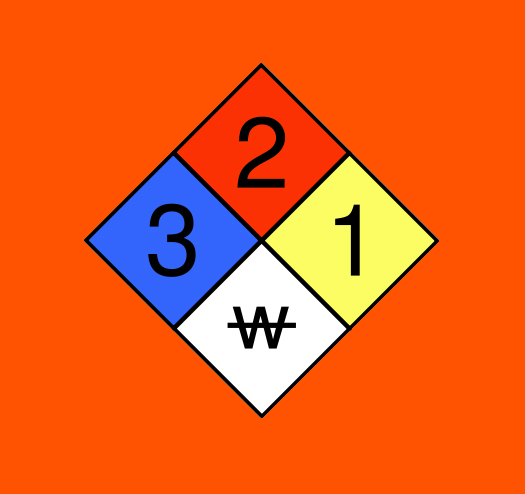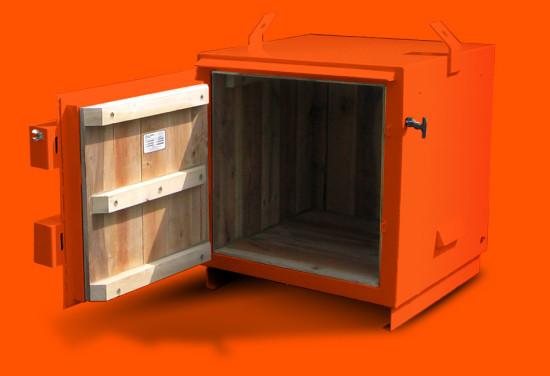The Hazard Rating System
In today’s society, we are dependent on multitudes of chemicals for a vast amount of tasks, including but not limited to, cleaning, power, repellant, and maintenance. Employers and business owners of all types need and use some sort of chemical storage devices in order to safely keep their necessary materials on site. On these containers you’ll find the National Fire Protection Association’s (NFPA) 704 Diamond, a standardized hazard rating system that allows for the rating and categorization of chemicals. Within the diamond are numbers enclosed within a smaller, colored diamond. Each color represents one of the four attributes in which the chemical is analyzed. Red is for flammability, blue is for health, yellow is for reactivity, and white is for special information. The number will range from 0 to 4, and higher the number represented by the diamond, the more dangerous the material is regarding that attribute. This article will focus on the reactivity component of the NFPA’s hazard rating system.
Reactivity Component
The reactivity attribute of the 704 Diamond hazard rating system is depicted in the yellow section.
- A rating of zero means that the material is, by itself, normally stable even under fire conditions and is not reactive with water.
- A rating of one means that the material is, by itself, normally stable but can become unstable under elevated temperatures and pressures, or may react with water although not violently.
- A rating of two means that the material is normally unstable, and by itself can undergo violent chemical changes without detonation. This can happen at normal or elevated temperatures or pressures. This also includes materials that when mixed with water may react violently or become potentially explosive.
- A rating of three means that the material is potentially explosive with a strong initiating source or must be heated under confinement before initiation. This rating includes materials that will react to thermal or mechanical shock at high temperatures or pressures, and also those that when mixed with water become explosive without requiring heat or confinement.
- A rating of four means that the material is capable of detonation, explosive decomposition, or explosive reaction at normal temperatures and pressures. This rating includes materials that are sensitive to localized thermal or mechanical shock at normal temperatures and pressures.
It is incredibly important to understand the hazard rating systems in place to fully understand and adhere to safety measures that could save your or an employee’s life. Without a complete understanding of the chemicals you may be dealing with at your project site, you may be unknowingly putting others in serious danger. The NFPA’s hazard rating system plays an important role in the safety of hazmat interactions, and needs to be taken seriously not only by those in decision-making positions, but also by employees. We can help inform, and also provide affordable chemical, explosive, and other storage options for those in need. For more information on the rating system, visit this page from Northeastern University. Call us today at (888) 264-2449, and like us on Facebook for more information and stories! Be safe!






